Digital Camera World Verdict
The Canon EOS R3 is a top-tier tool of choice for working professionals. Whether you shoot sports, weddings, portraiture, pets or news, the blackout-free 30fps stills and 6K RAW video mean that you never miss a moment of action or detail – and the improved AF performance, coupled with ghostly good Eye Control AF, ensure that every shot is focused exactly where you want it. It sets a new dynamic range benchmark for pro-level cameras, and its lower pixel count enables it to generate significantly less noise than the higher resolution rivals from Sony and Nikon. This is the professional camera of the future – and it's here now.
Pros
- +
30fps stills
- +
6K RAW video
- +
Eye Control AF works!
- +
Blackout-free shooting
- +
Weather sealed
Cons
- -
"Only" 24.1MP
- -
No 8K video
- -
Split SD / CFexpress
Why you can trust Digital Camera World
After being rolled out to pros at the Tokyo 2020 (2021) Olympics, the Canon EOS R3 is now available to professionals at large – and Canon's latest mirrorless camera threatens to be the most capable all-round tool for working pros.
While it's not technically a replacement for, or even an equivalent to, the Canon EOS-1D X Mark III (as this is 'only' a 3-series camera rather than a flagship 1-series), it nonetheless technologically leapfrogs the 1D X III in virtually every department – and stakes a bold claim as the best professional camera thanks to its 6K RAW video, blistering (and blackout-free) 30fps shooting, and its peerless AF system that now enables you to move focus points by moving your eyeball.
Read more: PhotoPlus: The Canon Magazine
Still, with the 50.1MP stills / 8K video Sony A1 already here (and the Nikon Z9 on the way with 8K video and a minimum of 39MP resolution), does the Canon EOS R3's 24.1MP sensor provide sufficient pixel density for pro-level shooting in 2021?
There's no doubt that this is Canon's fastest and most advanced camera ever, even outdoing the mighty Canon EOS R5 when it comes to technology – not to mention record times and overheating, when it comes to video. Has Canon dropped a clunker, or been incredibly clever, by opting for a 24.1MP sensor and 6K instead of 8K? Let's find out.
• Read more: Canon EOS R3 vs Nikon Z9 | Canon EOS R3 vs Sony A1
Canon EOS R3: Specifications
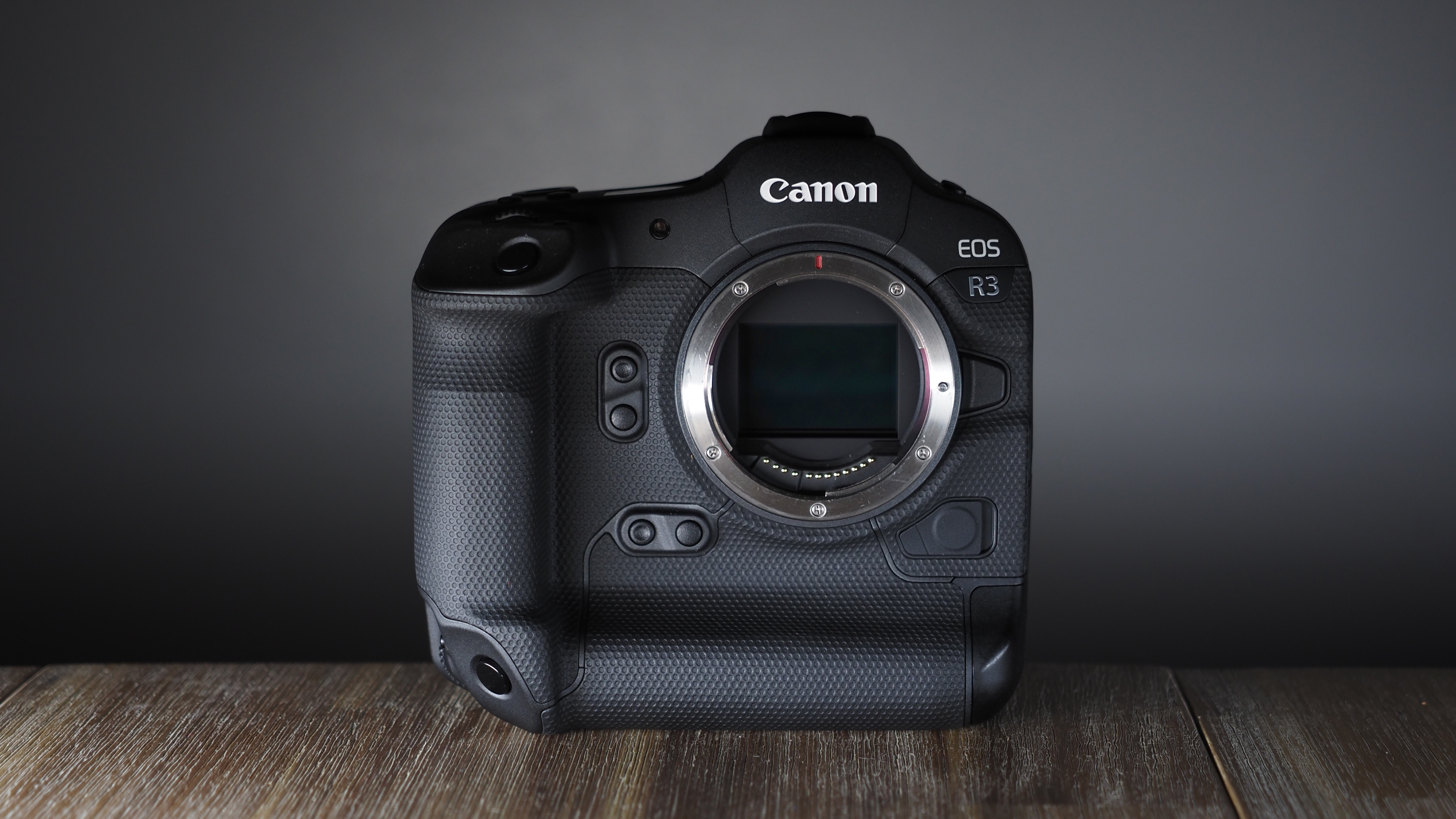
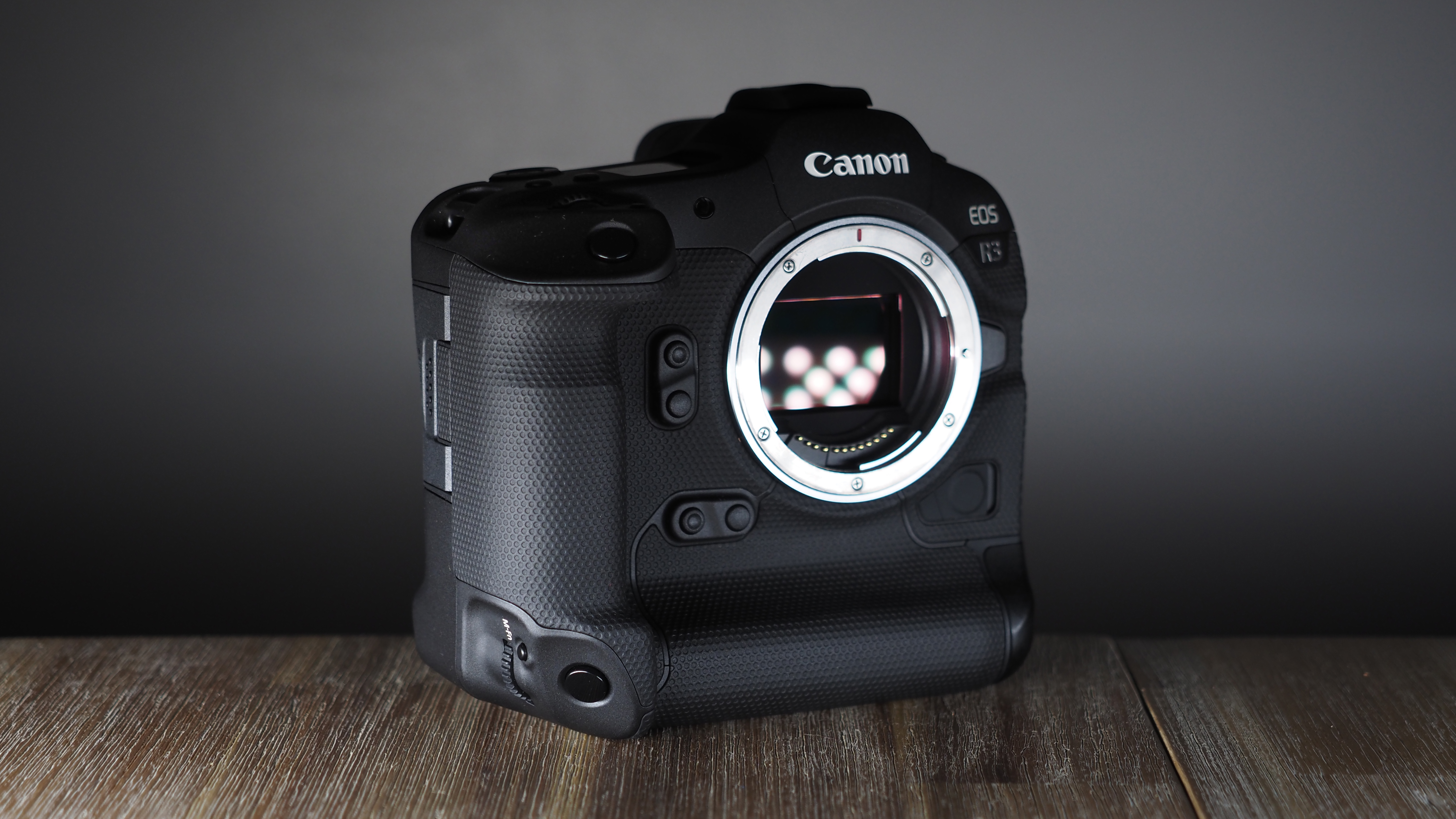
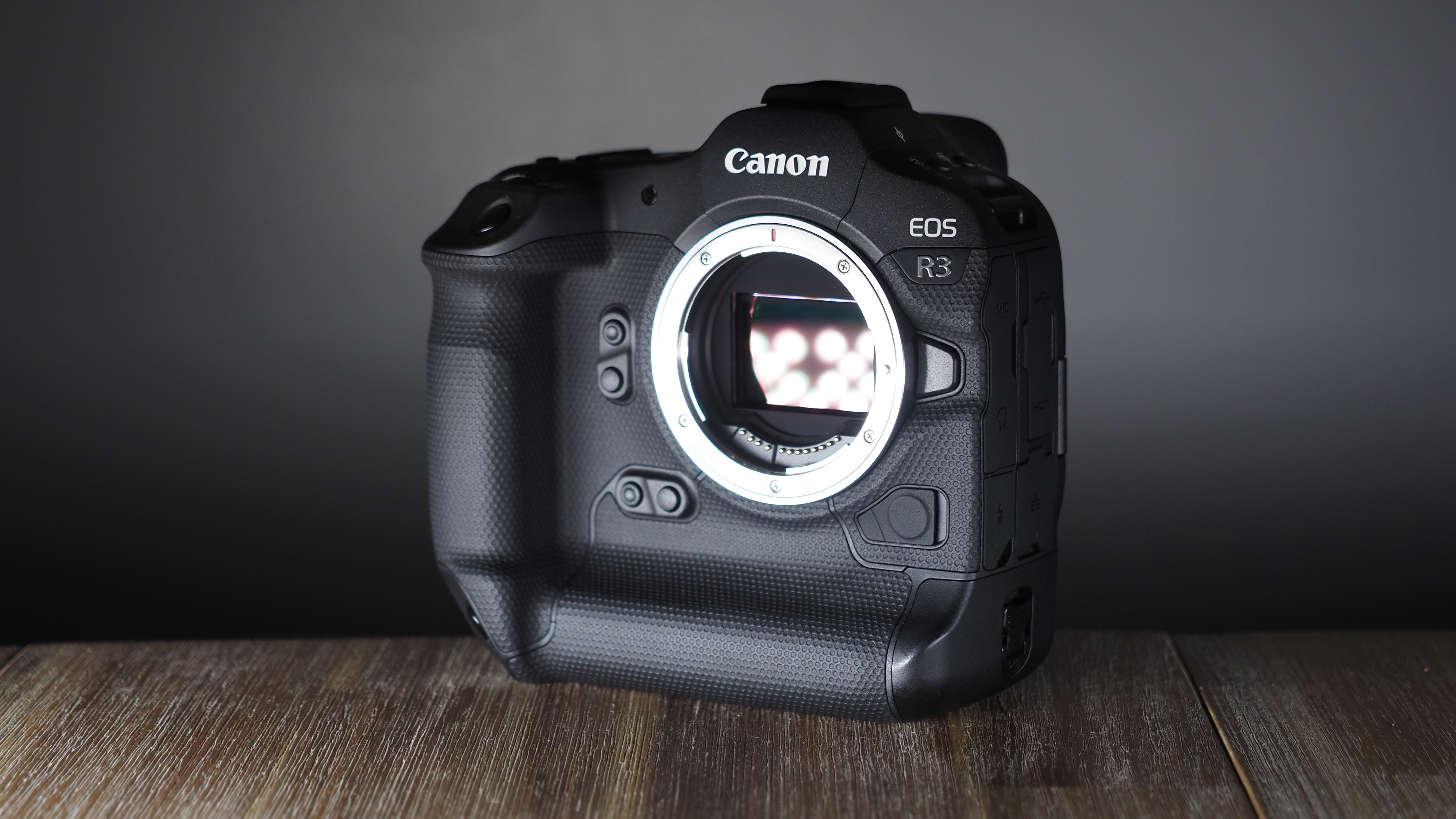
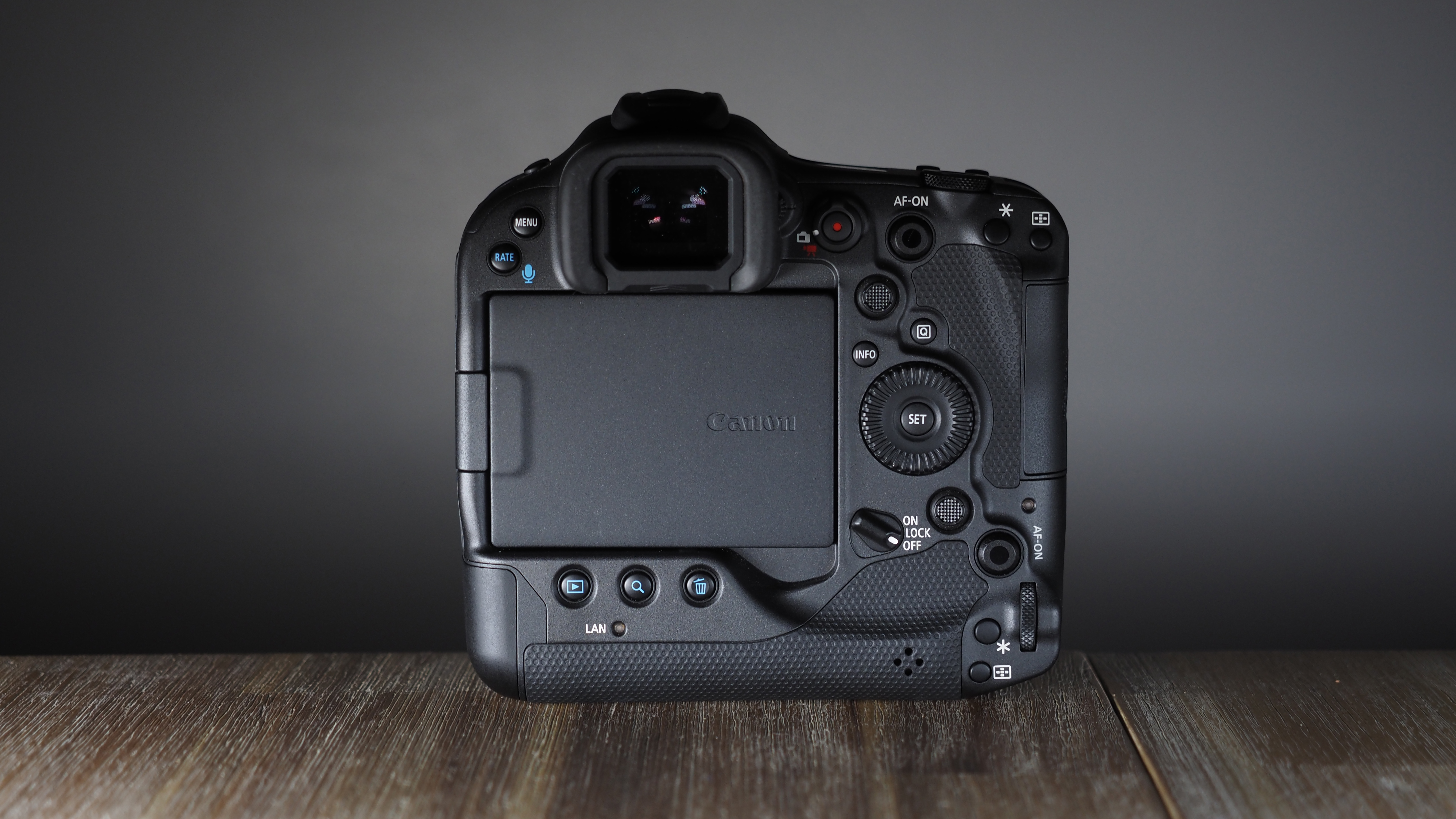
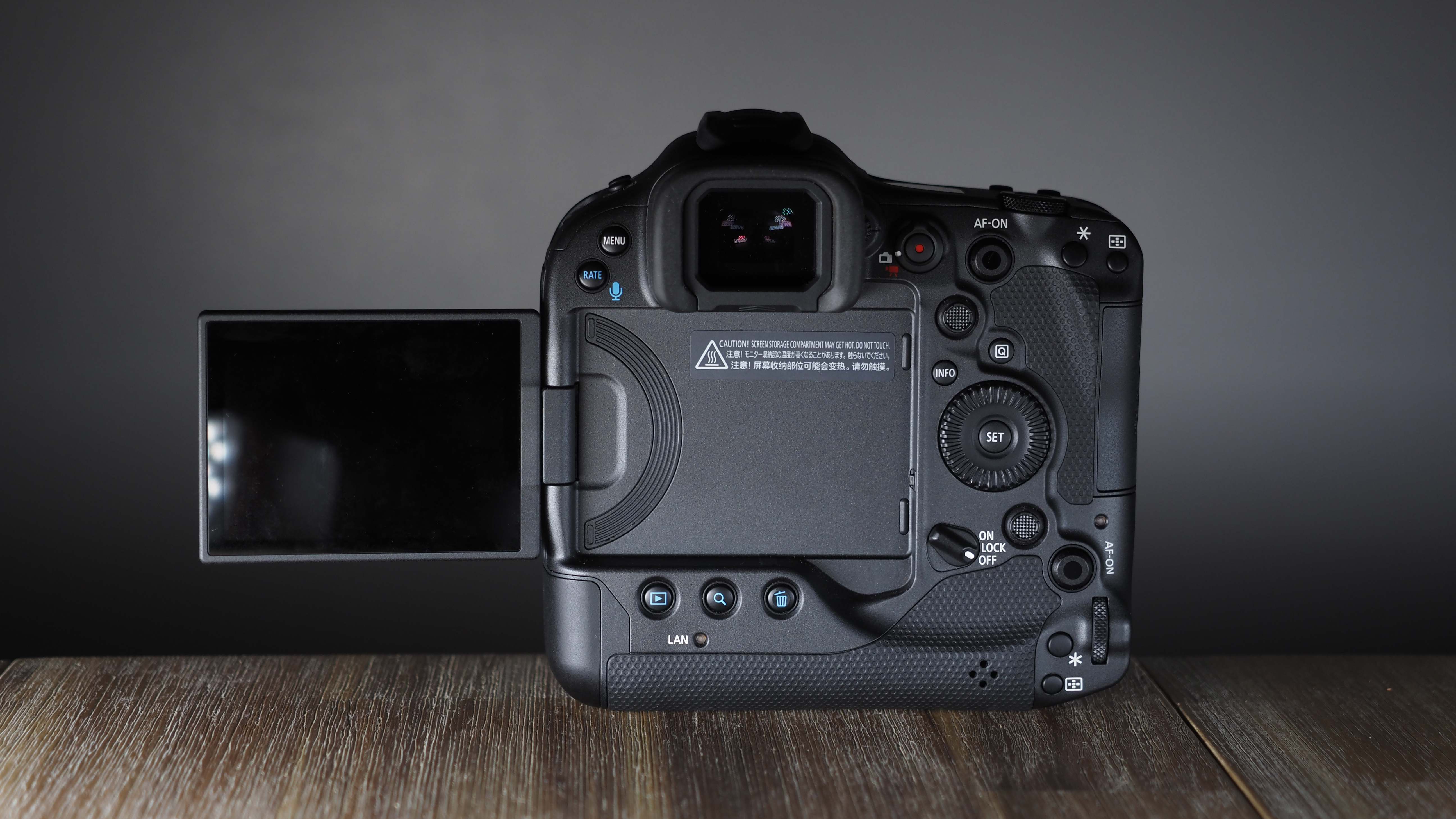

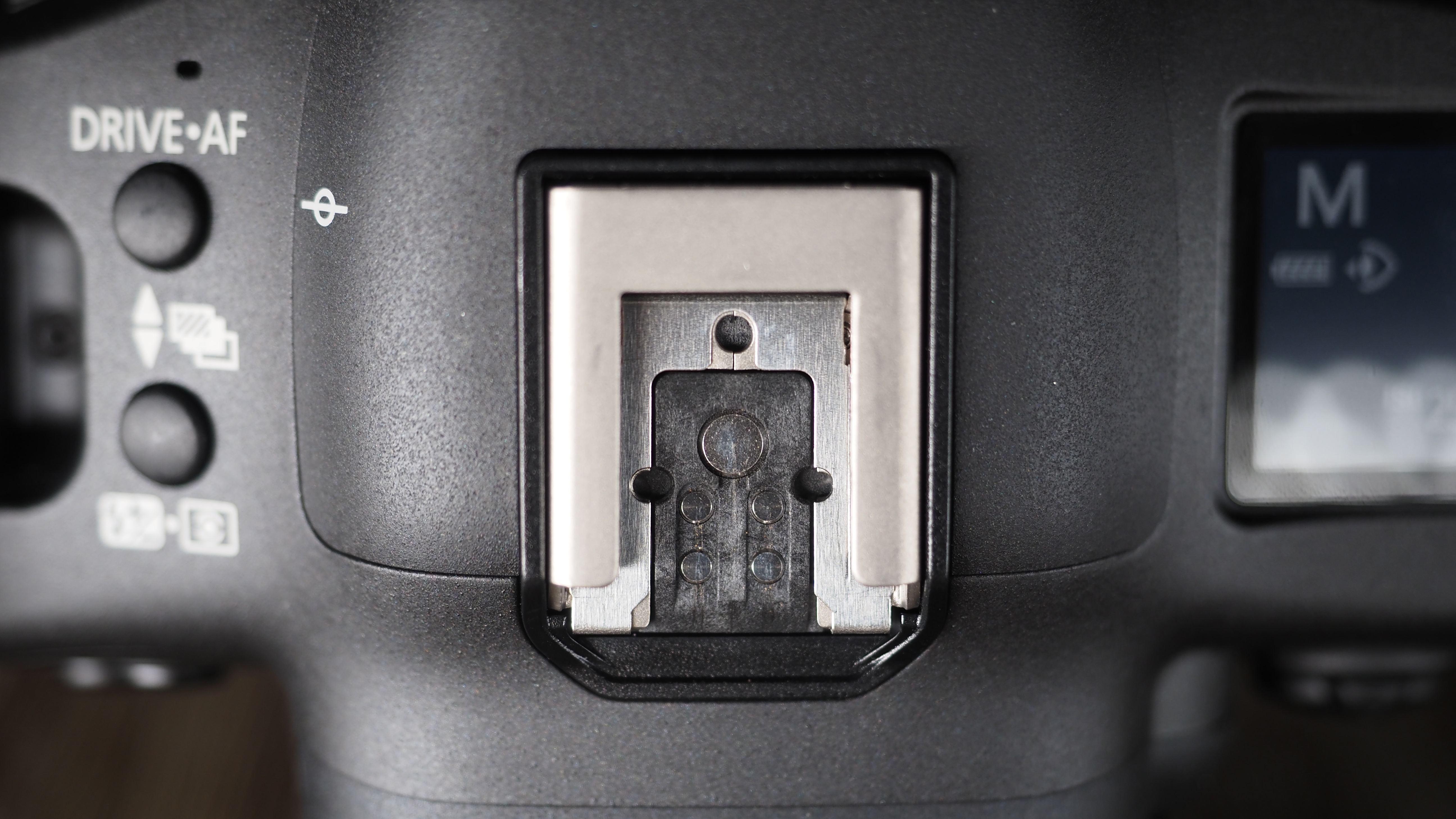
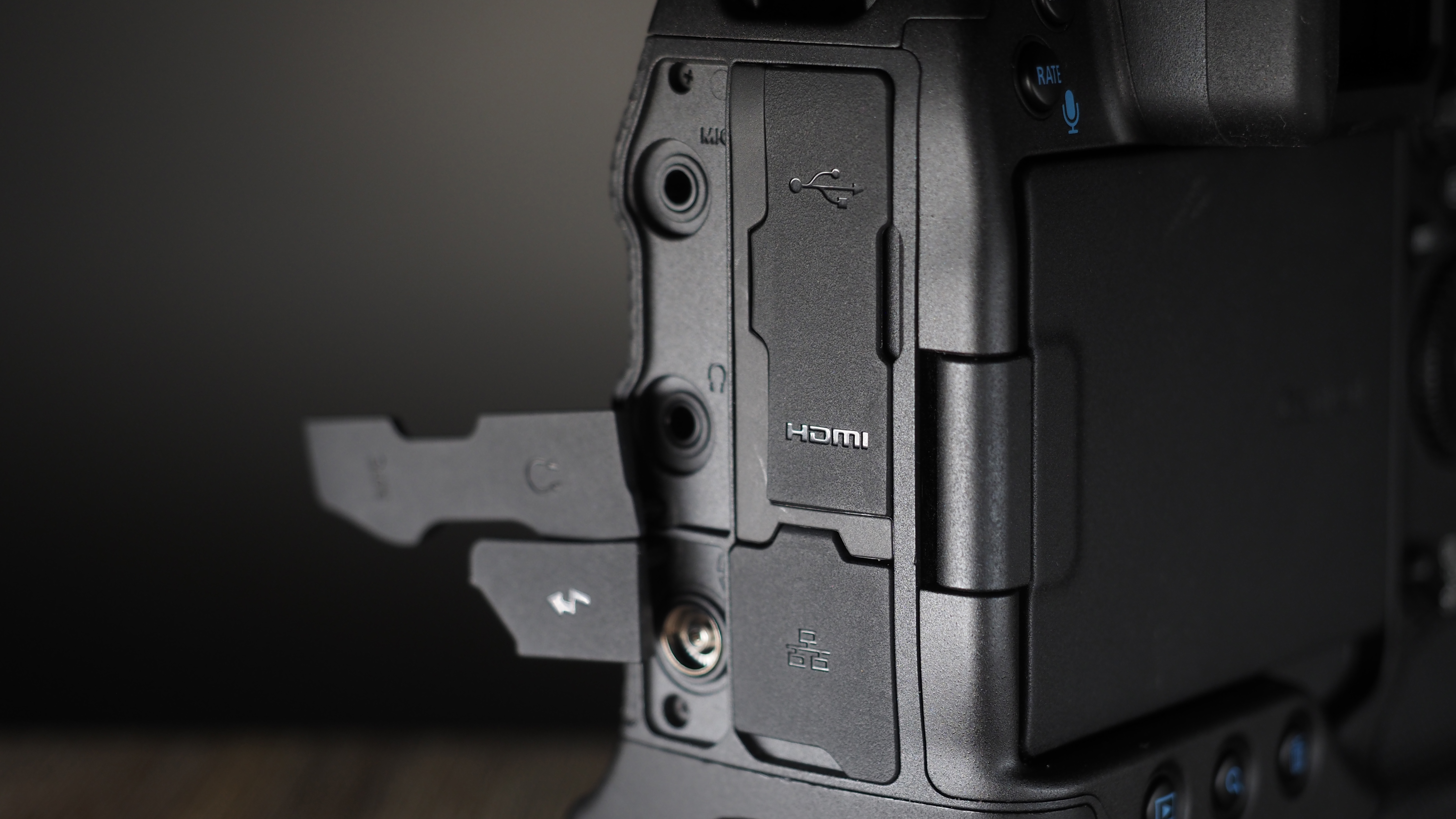
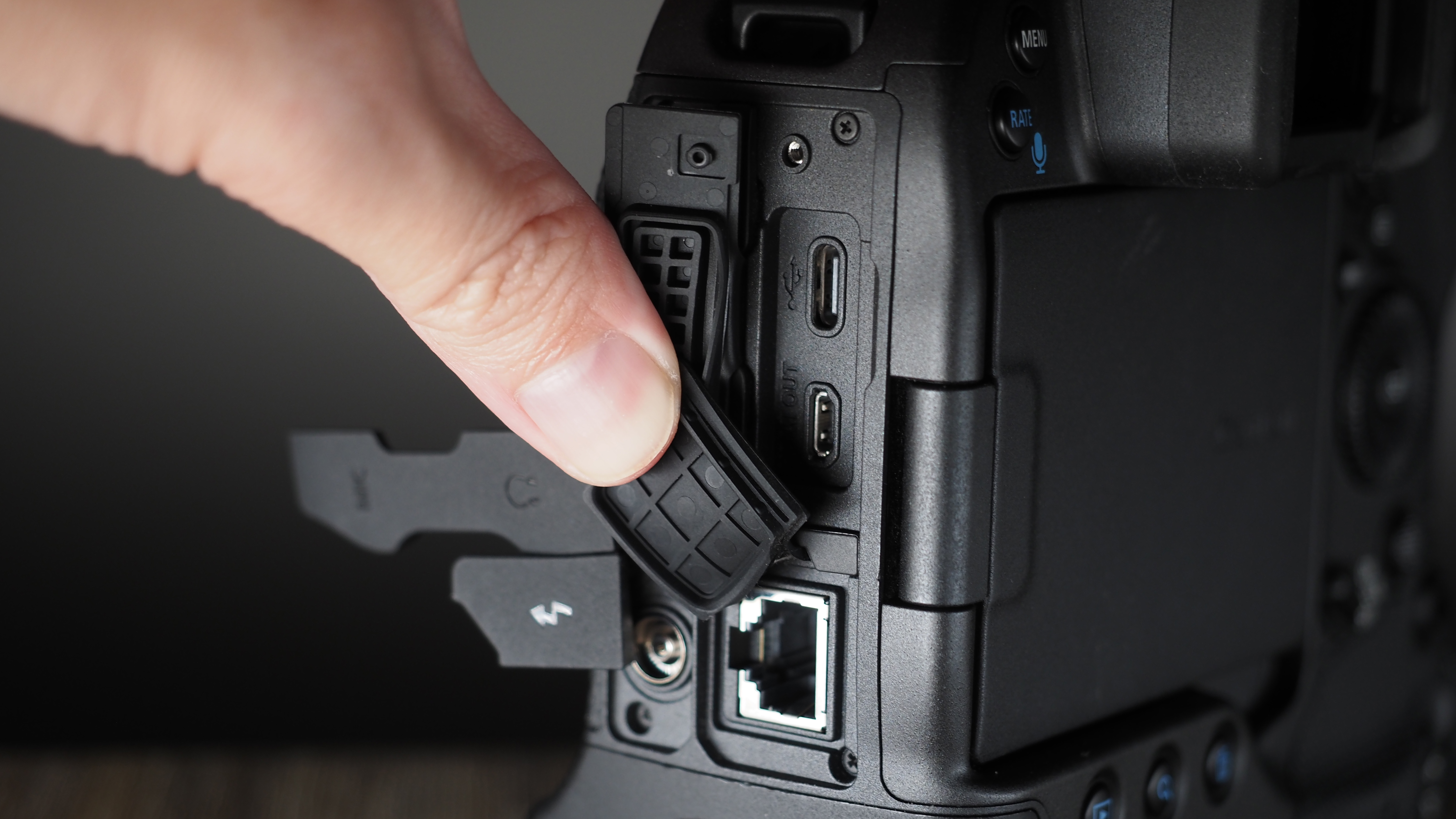
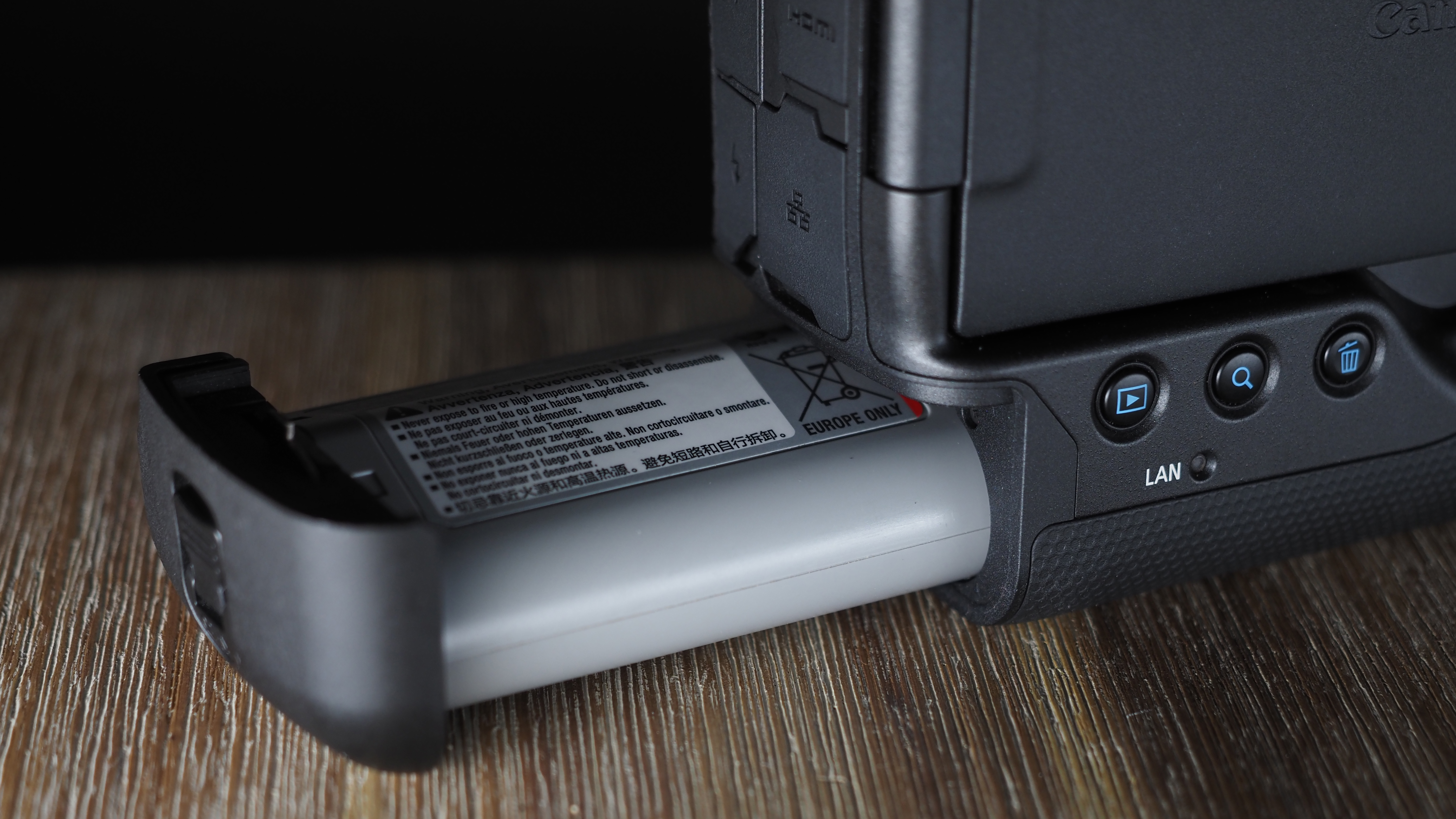
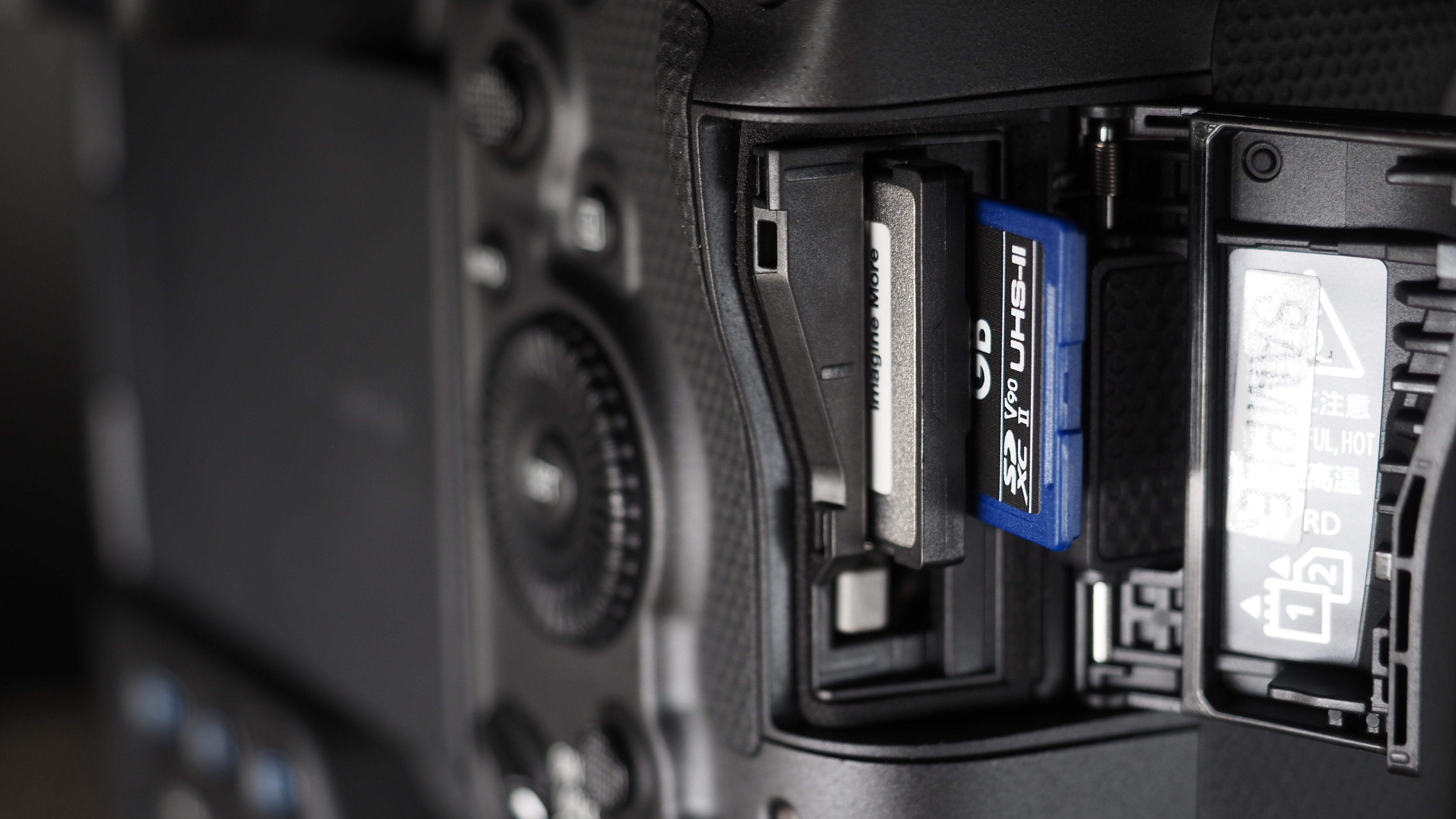
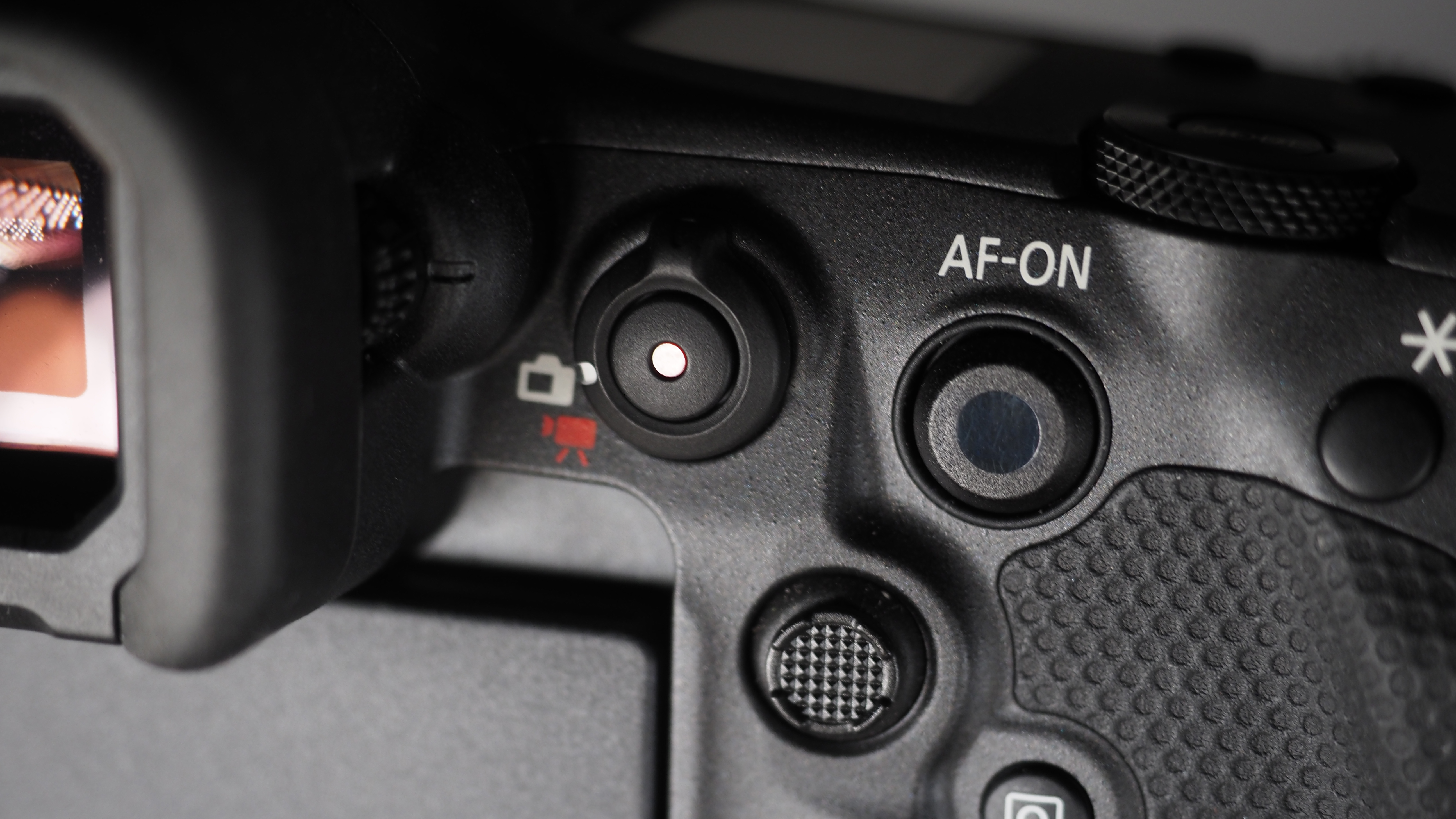
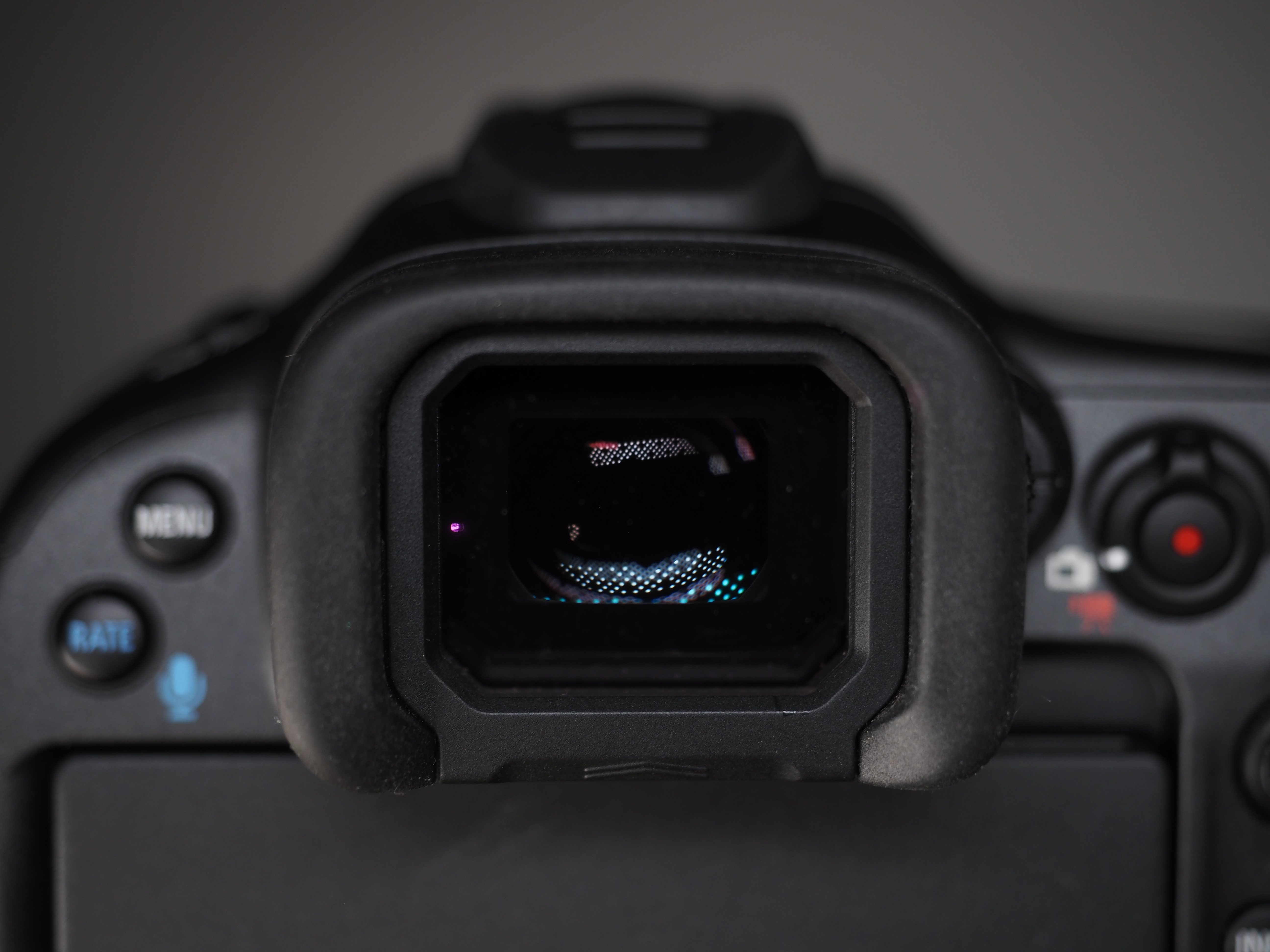
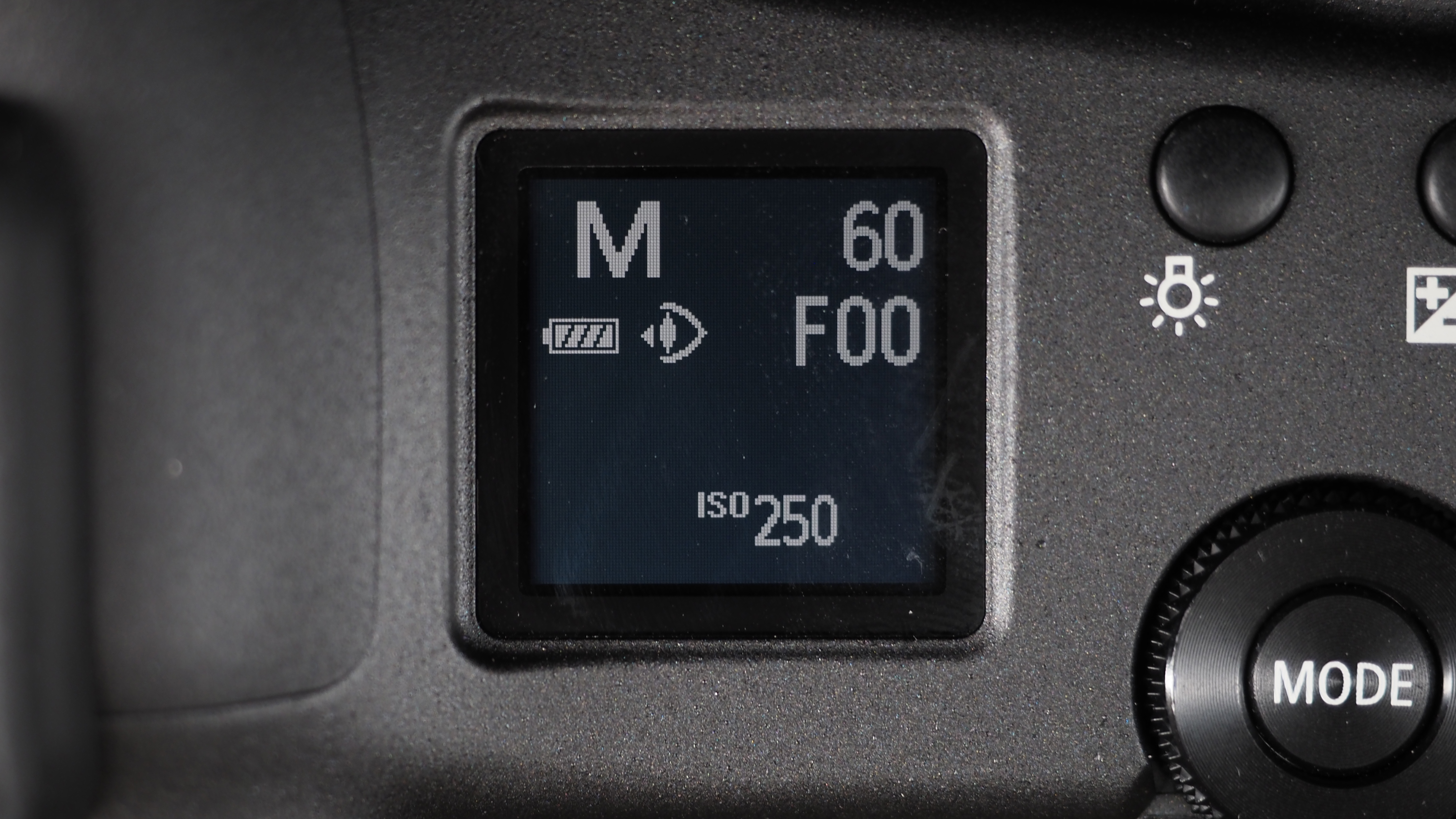
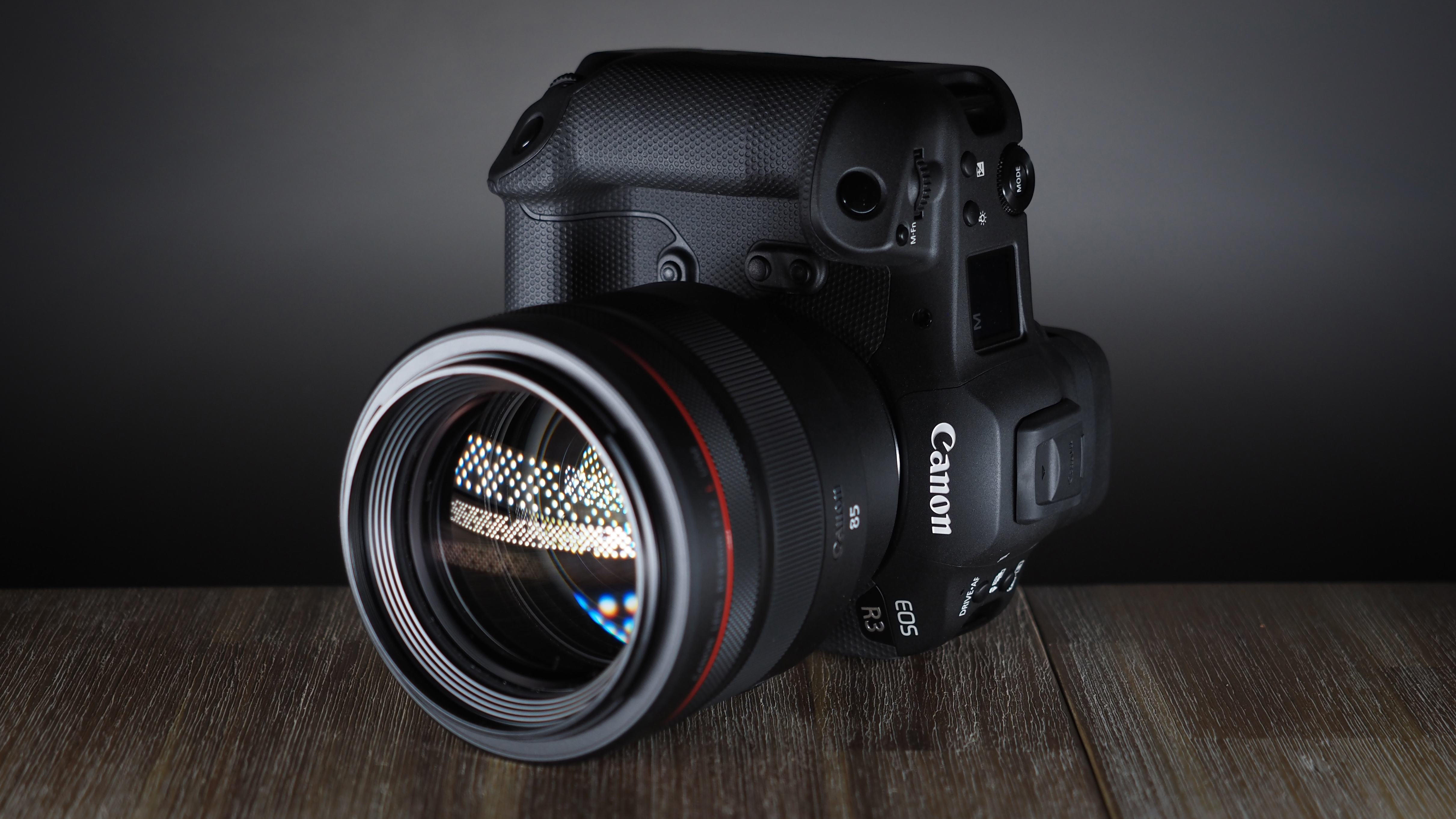
Sensor: 24.1MP stacked CMOS
Image processor: Digic X
AF points: 4,779 stills / 3,969 movies
ISO range: 100-102,400 (expandable to 50-204,800)
Stabilization: In-body (up to 8 stops with compatible lenses)
Weather sealing: Yes (equivalent to Canon EOS-1D X Mark III)
Max image size: 6,000 x 4,000px
Video: 6K up to 60p, 4K up to 120p, 1080p up to 60p
Viewfinder: Electronic 0.5-inch, 5.76m dots, 120Hz, 100% coverage, 0.76x magnification
Memory card: 1x SD/SDHC/SDXC, 1x CFexpress Type B
LCD: 3.2-inch vari-angle touchscreen, 4.15 million dots
Max burst: 30fps electronic (540 JPEG / 150 RAW), 12fps mechanical (1,000+ JPEG / 1,000 RAW)
Connectivity: USB-C 3.2, HDMI mini, headphone jack, microphone / line in jack, N3 terminal, 5GHz & 2.4GHz WiFi, Bluetooth 5.0, Ethernet, GPS / GNSS
Size: 150 x 142.6 x 87.2mm
Weight: 822g body only (1,015g with battery and memory card)
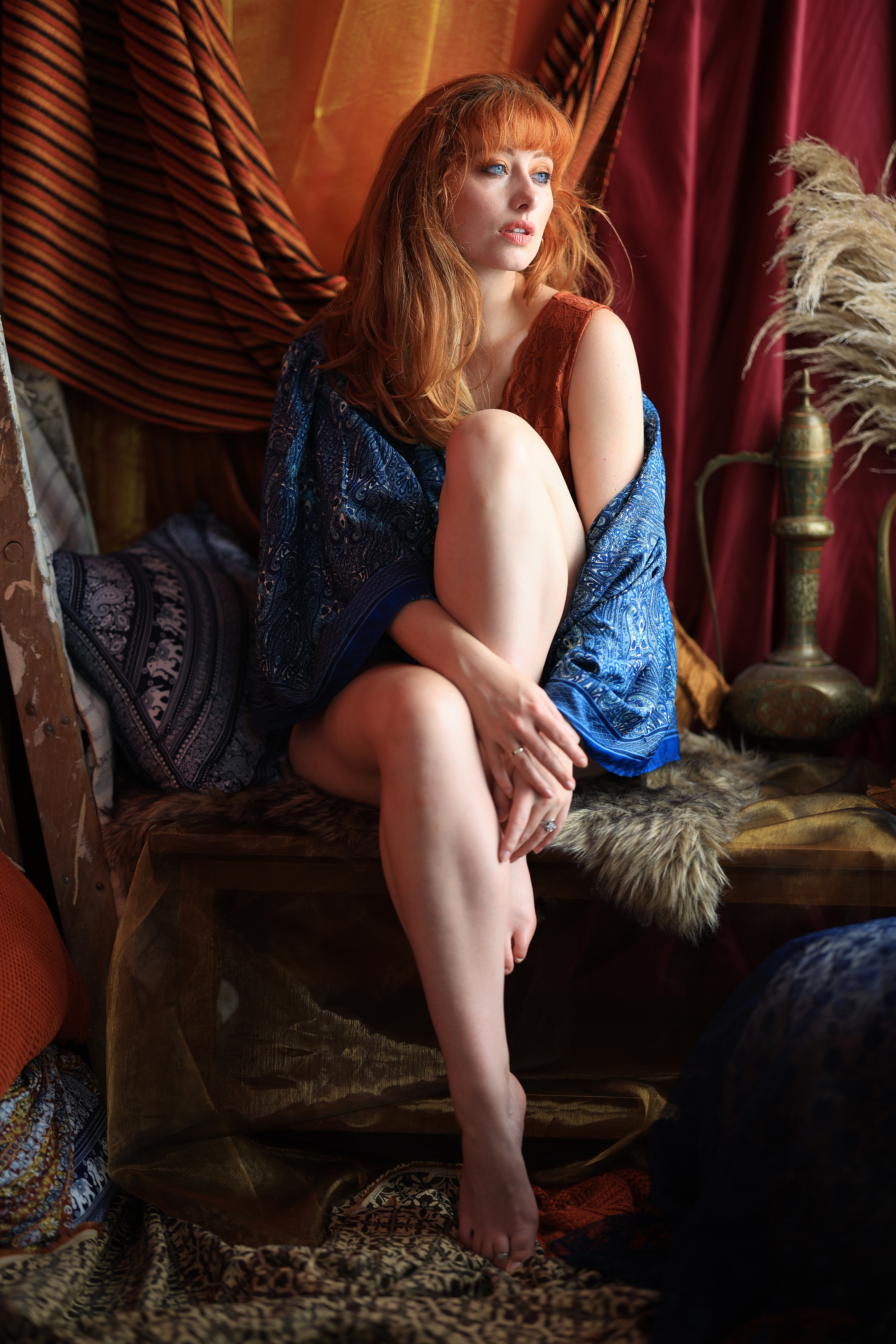
Canon EOS R3: Key features
The Canon EOS R3's headline features are jaw-droppers. Its stacked, back side illuminated 24.1MP sensor boasts super-fast readout speeds that can capture photographs at up to 30fps when shooting with the electronic shutter (buffering 540 JPEGs or 150 RAWs), or 12fps with the mechanical shutter (for over 1,000 JPEGs or 1,000 RAWs). And the speed of the sensor also virtually eliminates rolling shutter.
In fact, the whole camera is so fast that you can actually slow down the shutter mechanism itself. The R3's shutter lag is just 20ms, which is so quick that your muscle memory from using other camera might mean that you depress the shutter too soon – so you can adjust the shutter lag up to 45ms to compensate.
Speaking of shutter speed, you can shoot all the way down to 1/64000 sec to literally freeze moments in time, and you can use flash with the electronic shutter – something that was unheard of not long ago.
The 24.1MP resolution means that the sensor can capture 6K RAW video up to 60p, which also enables you to record oversampled 4K up to 60p. In addition, 10-bit 4K can be captured at up to 120p (with even cleaner results than the 4K 120p in the EOS R5) and the camera features the Canon Log 3 profile.
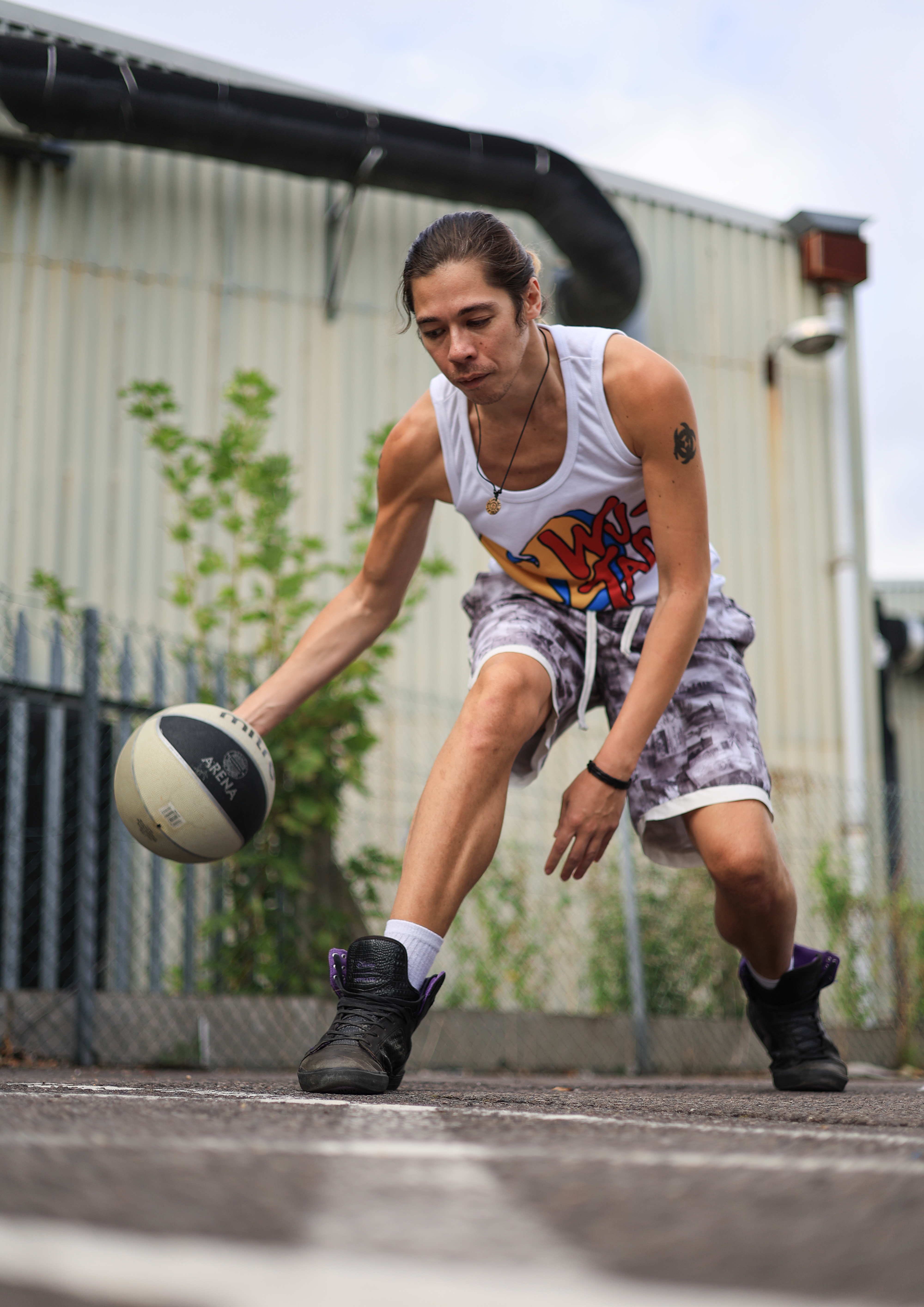
The back side illuminated sensor construction works in tandem with the impressive sensitivity of ISO100-102,400 (expandable to 50-204,800) for formidable low light performance, with the AF capable of focusing down to -7.5EV.
In terms of focus, the R3's signature feature is Eye Control AF – a phenomenal function that enables the camera to detect where your eye is looking, so you can place a focus point by simply looking at your subject.
On top of that is the same core Dual Pixel CMOS AF II system that powers the R5 and Canon EOS R6, but featuring a brand new Deep Learning AF algorithm – which means that not only is autofocus performance even more robust, it adds a new subject detection capability beyond human eye AF and animal eye AF: vehicle AF.
Again like the R5 and R6, the EOS R3 also features a powerful in-body image stabilization system that offers up to 8 stops of compensation with select Canon RF lenses (including pro and trinity lenses like the Canon RF 70-200mm f/2.8L).
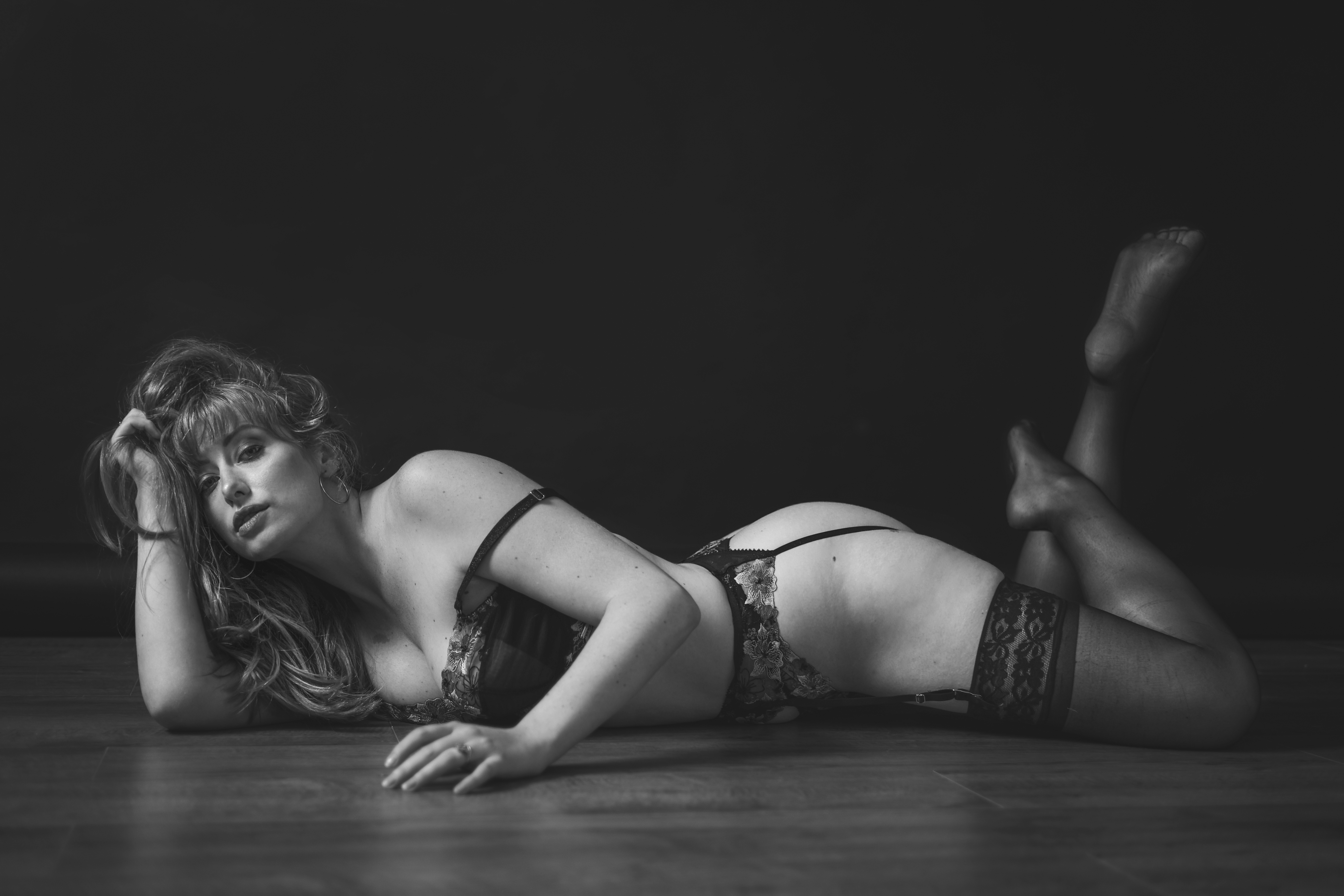
Canon EOS R3: Build & handling
In terms of handling, the Canon EOS R3 is a cross between the chassis and general configuration of the Canon EOS-1D X Mark III and the 'grammar' of the Canon EOS R5. That means we things like the mode dial and black LED top screen of of the R5 with the shape, size and layout of the 1D X III. And it feels familiar to users of both.
Like the Canon EOS-1D X Mark III, this is a professional DSLR-style body with integrated vertical grip (using the same high-capacity battery), featuring mirrored controls in the same position when used in portrait or landscape orientation. In keeping with the rest of the EOS R family, the R3 possess a fully articulating touchscreen – but despite this, it still retains the same level of weather sealing as the flagship 1D X Mark III.
The only caveat here is the new 21-pin Multi-Function Shoe, which (like a number of new Sony cameras) provides both power and communication to mounted devices. This means that new accessories, such as the Canon Stereo Microphone DM-E1D, can be used without the need for an internal battery or additional cables – and they can be controlled directly from the menu system of the camera itself.
However, while these new accessories will retail the weather sealing capabilities, using current generation accessories such as the Canon Speedlite EL-1 with the hotshoe will compromise the R3's weatherproofing. To use retain weather sealing while using current accessories, you'll need the new Hot-shoe Adapter AD-E1.
The R3 feels as solid and substantial as the 1D X III, though of course the articulating screen means that it won't be quite as robust. It's noticeably lighter, of course, yet somehow it doesn't feel bulky or heavy when switching between the it and the R5 – and that vertical grip means that the bigger RF lenses, like the Canon RF 85mm f/1.2L, are very well balanced.
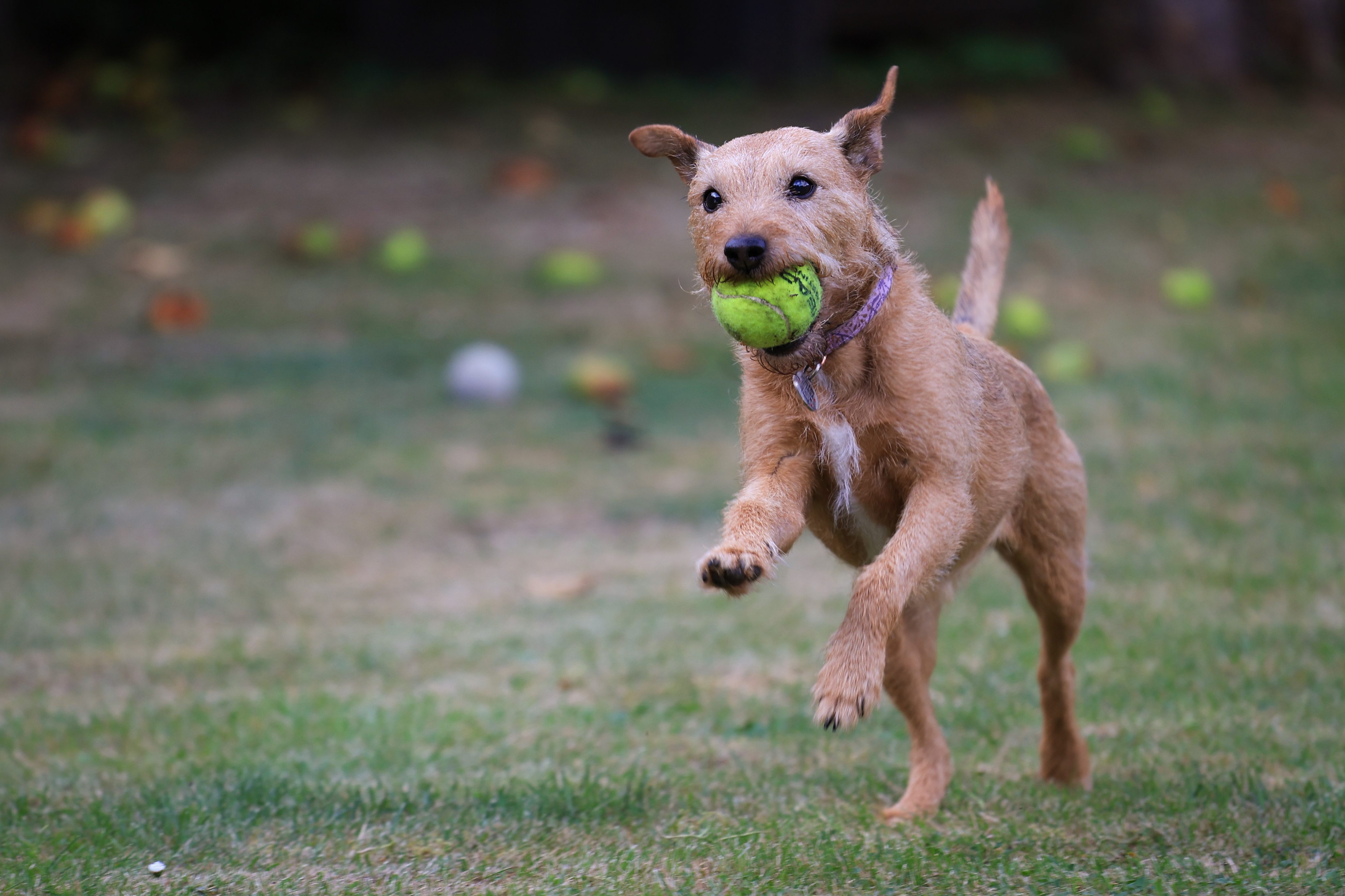
The R3 takes the memory card setup from the R5, rather than the flagship DSLR, featuring one SD card slot and one CFexpress Type B slot. Like the R5, in one sense this is incredibly helpful, as it means that you don't need to invest in the expensive new card format – and you'll never be stuck for a spare card.
However, certain shooting modes (such as 4K 120p) aren't available with an SD card, and buffering images at 30fps doesn't always play nice. And as a professional grade camera built around supreme performance, a dual CFexpress setup would have made more sense.
One of the best handling features is the inclusion of the optical Smart Controller from the 1D X III. Where the standard joystick moves AF points one position at a time, the Smart Controller enables you to whizz it around the screen as fast as you can move your thumb – but not as fast as you can move your eye.
To power the Eye Control AF, the electronic viewfinder is much chunkier than on other EOS R cameras. Using technology pioneered by Canon's medical division to map and scan the human eye, the EVF features eight low-powered infrared LEDs that scan the front of the eye and then project that information to place a point on the sensor. And it actually works! (More on that below.)
Crucially, for a camera designed for sports and news photography, the R3 boasts a super-fast startup time. Canon clocks the bootup at just 0.4 seconds – and while our thumbs weren't fast enough to see how true that figure is, flick the switch and the camera turns on pretty instantaneously. Much like the 30fps shooting, the R3 really is about speed!
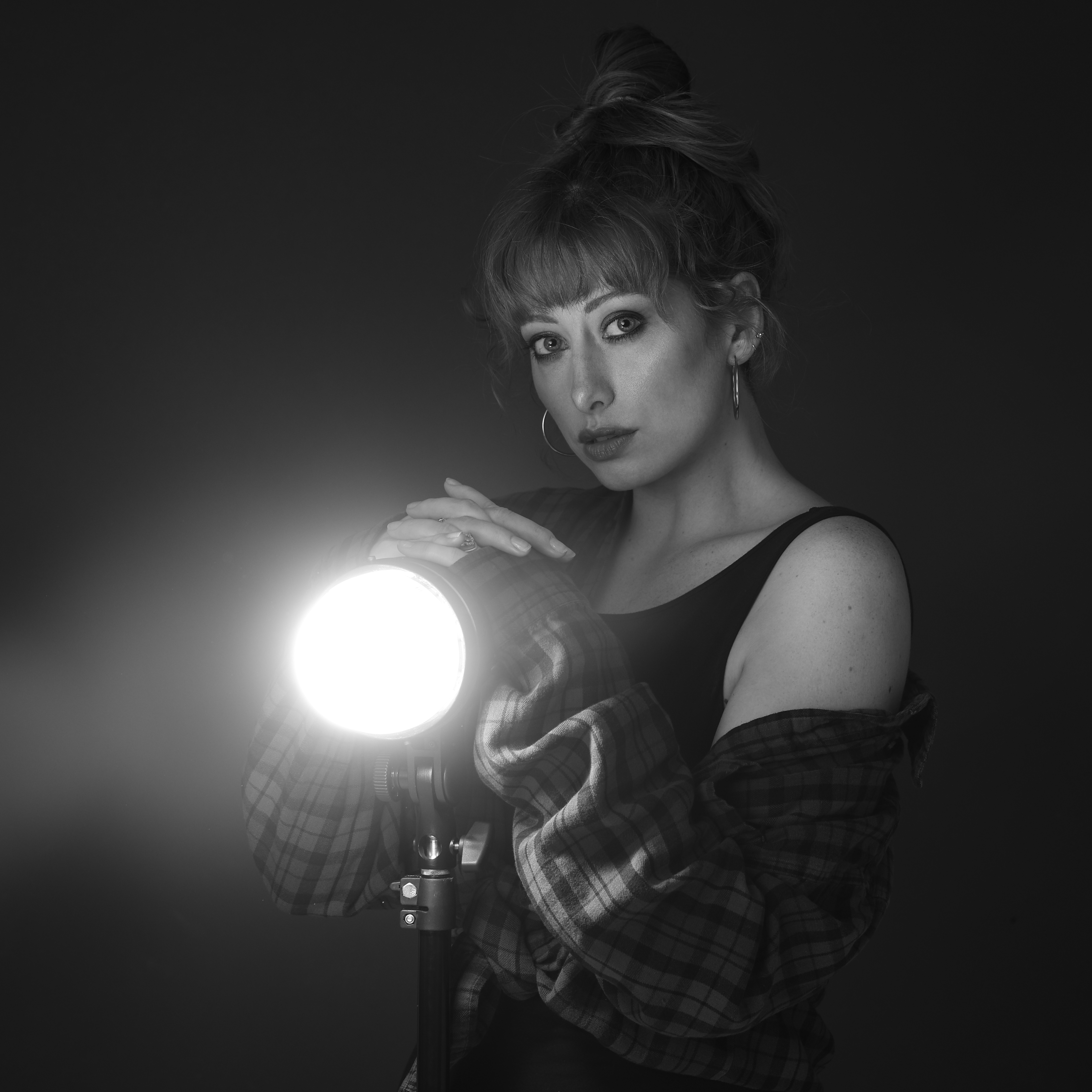
Canon EOS R3: Performance
There's just one thing that can be said about the Canon EOS R3: it delivers. Moving over from the Canon EOS-1D X Mark III, the increased resolution is immediately noticeable when shooting detail-rich photography such as portraiture, while retaining the speed and manageable file sizes required for professional shooting (taking 30fps 50.1MP images with the Sony A1 is all well and good, but not so useful when you're uploading hundreds of photos to your picture desk or agency).
The 30fps shooting is phenomenal, and powered by the rock-solid Dual Pixel AF II it doesn't matter whether you're tracking a human subject like a basketball player performing smooth movement, or an erratically moving subject like a dog fetching a ball (we haven't yet had the chance to test it with cars or bikes), you get an almost flawless hit rate.
Crucially it fires out these 30 frames without any blackout whatsoever, meaning that you get a clean, continuous view of your subject in the scene – along with the AF selection indicators, so you can be doubly sure that the right part of your image is in focus (which, thanks to the spookily good AF, it invariably is).
With a CFexpress card you can blast out frames for well over 15 seconds before the buffer fills, but the R3 could only manage 24fps when using an SD card – though that's to be expected, given the transfer speeds of the aging format. The other thing to bear in mind is battery life; when our battery dropped to 50% the burst rate dropped to 20fps, so make sure you have spares if you're planning to shoot action.
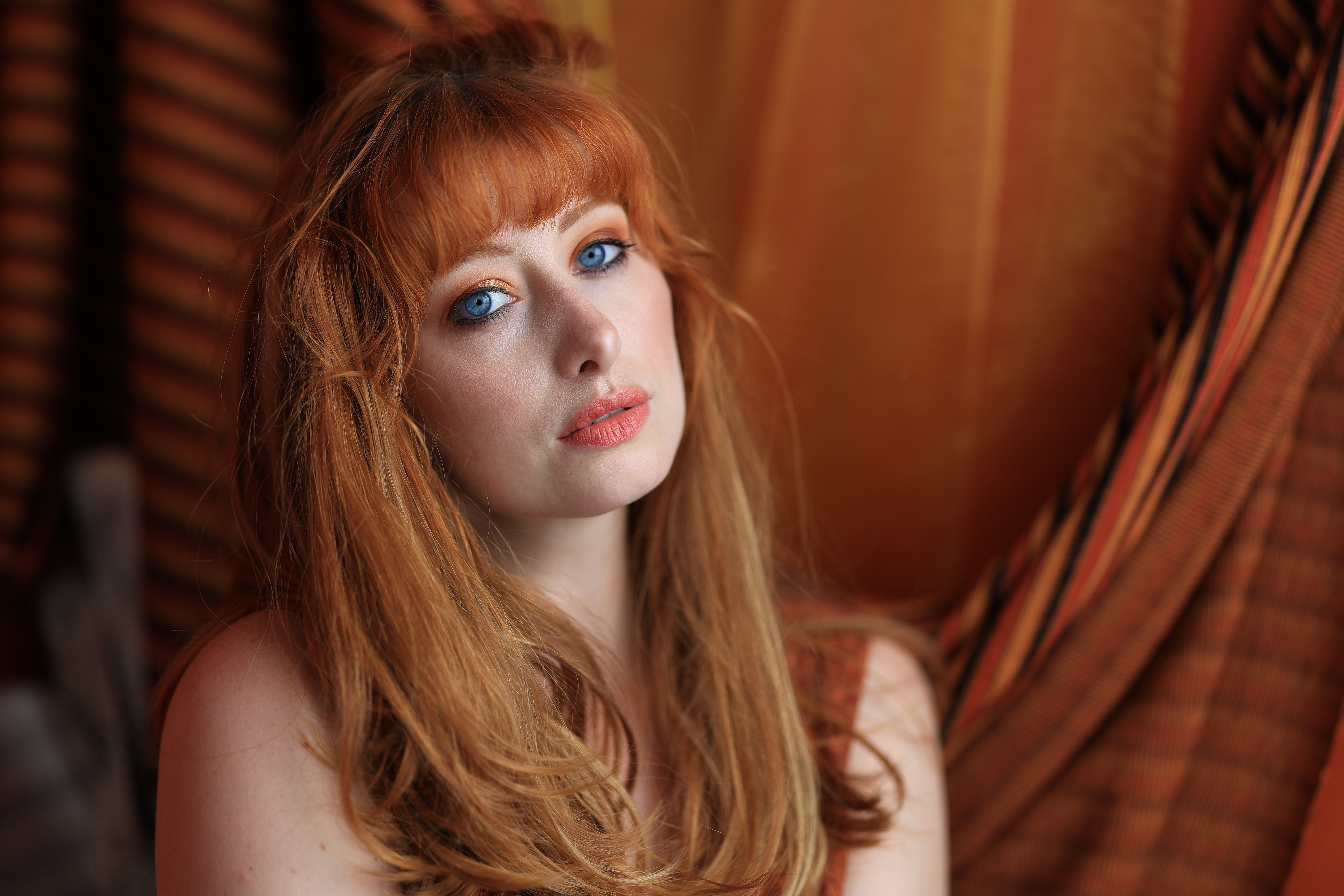
In terms of the Eye Control AF, all we can say is wow. We were skeptical, having seen Canon trot out similar tech before; Eye Control AF actually featured, albeit using different technology, with the R3's forebear, the Canon EOS-3 SLR. There it was inconsistent, if it worked at all – and was especially problematic if you wore glasses.
Here, however, we were very impressed by the technology in the R3. It's all about the calibration; like an eye test at the optician, you look into the viewfinder and the camera scans your eye as you look at dots positioned at the topmost, bottommost, leftmost and rightmost areas of the screen.
Canon recommends that you perform this procedure at least four times, and then again whenever you shoot in a new situation (since the detection will obviously change in a bright outdoor setting compared to a dark nighttime setting). And when you do this… again, wow.
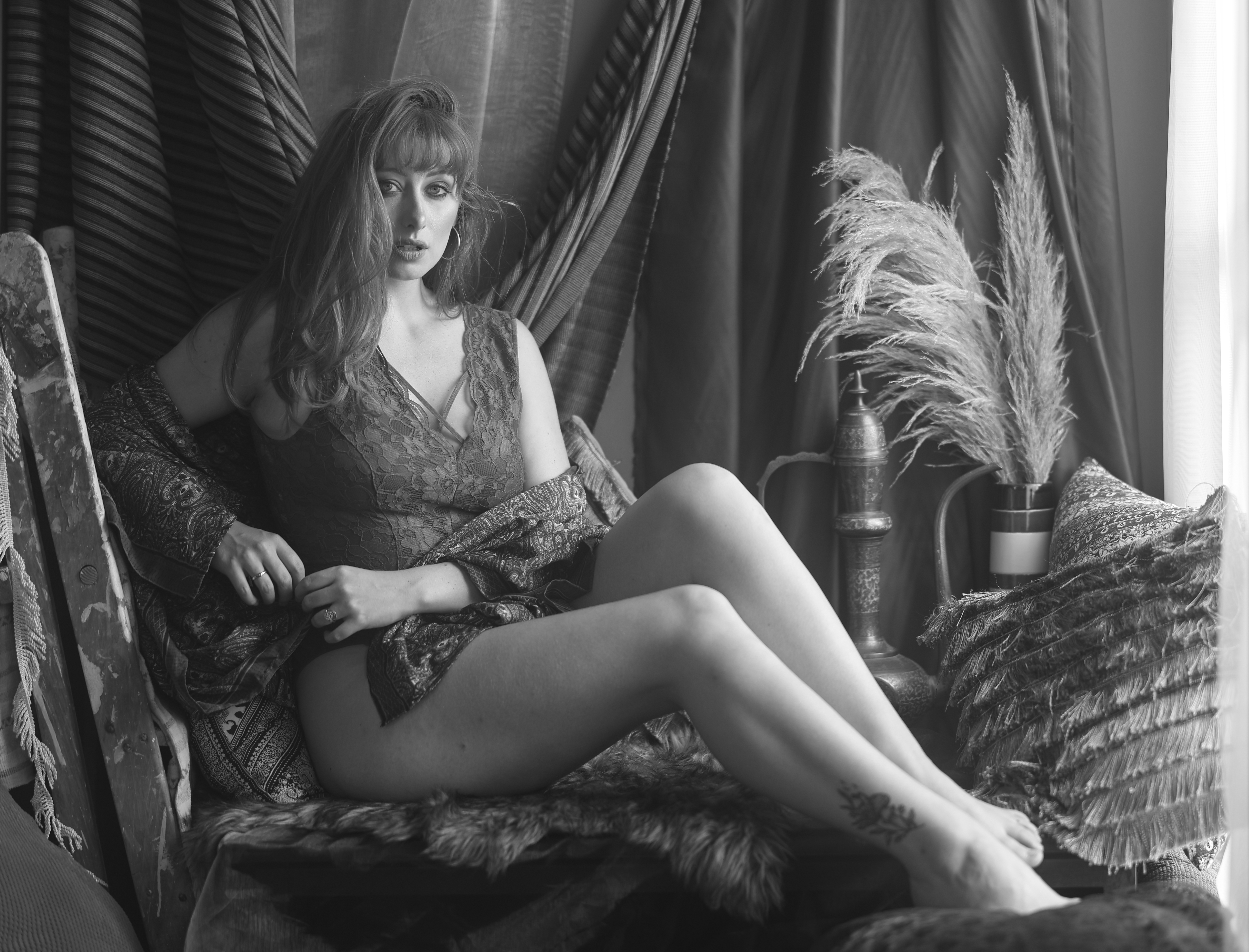
This tech is not designed to be used with fast moving subjects, like birds. Instead, it acts as something of a shortcut for the AF system. Say, for example, you're a photojournalist shooting a celebrity walking the red carpet. When the celeb stops with a group of fans to take a selfie, the eye detect AF might jump to any given subject, meaning that you'll need to manually select the AF point using either the joystick or Smart Controller.
Instead, however, Eye Control AF enables you to simply look at the celebrity, and it will place the focus point right there. Now just half-press your shutter and the AF system will kick in for pristine eye detection, now you've told it where to look. Mileage may vary, but in our experience this could be an absolute game changer.
We need a little more time to put the video through its paces, but so far the 6K and 4K footage is crystal clear and once again benefits from all the clever AF detection seen in the stills side. And best of all, overheating is no longer the issue it was with the R5 and R6!
Thanks to the larger body and magnesium-alloy construction of the R3, heat is dissipated much more effectively. Canon claims that you can shoot up to 6 hours of "regular video" and up to 1.5 hours of 120p footage. All we can say so far is that we shot 4K 60p for over 1 hour 15 minutes before the battery died and didn't experience any overheating issues.
Canon EOS R3: Lab results
For our lab data comparison, we compared the EOS R3 to two of its pro-level, full-frame mirrorless rivals: the Nikon Z 9 and Sony a1. We also thought it would be interesting to see how Canon's first pro-spec mirrorless offering compares to Canon's current flagship DSLR: the EOS-1D X Mark III.
We test resolution using Imatest charts and software, and dynamic range and signal to noise ratio with DxO Analyzer.
Resolution:

Resolution is measured using standardized text charts which give results in line widths / picture height, which is independent of sensor size.
With its slightly higher 24.1 megapixel resolution, the EOS R3 is able to resolve slightly more fine detail than the 20.1MP EOS-1D X III in our resolution test. However it's no surprise that neither Canon camera can get close to the resolving power of the 45.7MP Nikon Z9 or 50.1MP Sony A1.
Dynamic range:

Dynamic range is a measure of a camera's ability to record extreme brightness ranges and still retain detail in the brightest and darkest parts of the scene. It's measured in EV (exposure values, or 'stops').
Though the older EOS-1D X III is still the camera to beat for low ISO dynamic range, the EOS R3 sets a new dynamic range benchmark for pro-level cameras at ISO1600 and above.
Signal to noise ratio:

This test compares the amount of random noise generated by the camera at different ISO settings as a proportion of the actual image information (the 'signal'). Higher values are better and we expect to see the signal to ratio fall as the ISO is increased.
Proof that a higher megapixel count isn't always better. The lower pixel count of the EOS R3 means it generates significantly less image noise than the Nikon and Sony competition, while the R3's more advanced image processing also allows it to take cleaner images than even the 20.1MP EOS-1D X III, especially at higher ISOs where noise levels are most important – quite a result.
Canon EOS R3: Early verdict
The Canon EOS R3 is without question a top tier tool for working professionals. Whether you shoot sports, weddings, portraiture, pets or news, the blackout-free 30fps stills and 6K RAW video mean that you never miss a moment of action or detail – and the improved AF performance, coupled with ghostly good Eye Control AF, ensure that every shot is focused exactly where you want it.
The choice of split CFexpress / SD cards for memory is the only real foible, as the slower speed of SD inhibits things like 4K 120p and clashes the 30fps shooting down to 24fps – and obviously doesn't play well with buffering.
As for the elephant in the room, the 24.1MP resolution feels pitch-perfect for the sports and news photographers at whom this camera is squarely aimed. Yes, 50.1MP is great, but if you've ever had to transfer hundreds of files to an FTP then you know how impractical those file sizes are.
More than that, Canon's sensor sets a new dynamic range benchmark for pro-level cameras, and its lower pixel count enables it to generate significantly less noise than the higher resolution rivals from Sony and Nikon.
The 30fps is true, the Eye Control AF just plain works, the Deep Learning algorithm is uncannily good at recognizing and detecting subjects, and the ability to shoot 4K 60p video without overheating means this succeeds where even the R5 fell short.
The Canon EOS R3 is the professional camera of the future – and it's here now.
• Pre-order the Canon EOS R3 from B&H: $5,999
• Pre-order the Canon EOS R3 from Adorama: $5,999
• Pre-order the Canon EOS R3 from Wex: £5,879
• Pre-order the Canon EOS R3 from Park Cameras: £5,879
Read more:
PhotoPlus: The Canon Magazine
Best Canon cameras
Best Canon lenses
Best Canon RF lenses
Canon EOS-1D X Mark III review
Canon EOS R5 review
Canon EOS R6 review
Sony A1 review

James has 22 years experience as a journalist, serving as editor of Digital Camera World for 6 of them. He started working in the photography industry in 2014, product testing and shooting ad campaigns for Olympus, as well as clients like Aston Martin Racing, Elinchrom and L'Oréal. An Olympus / OM System, Canon and Hasselblad shooter, he has a wealth of knowledge on cameras of all makes – and he loves instant cameras, too.


